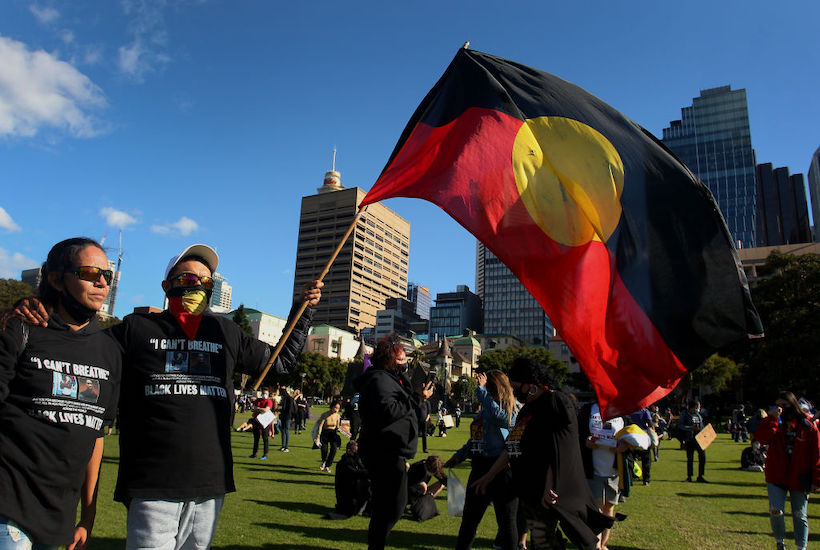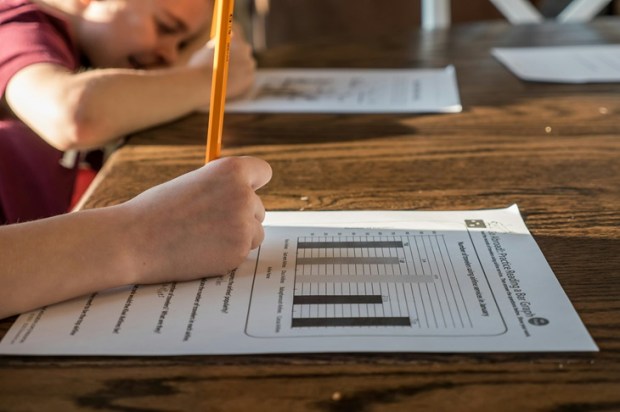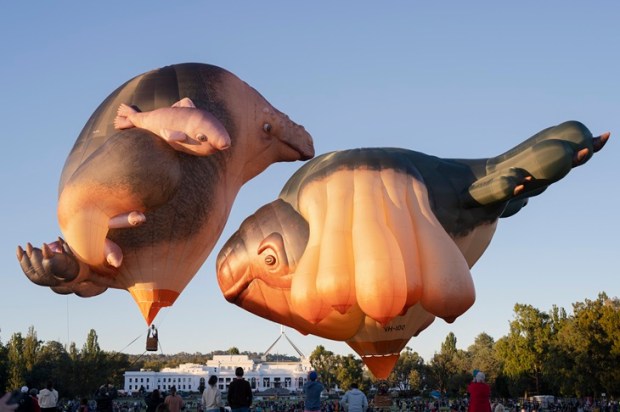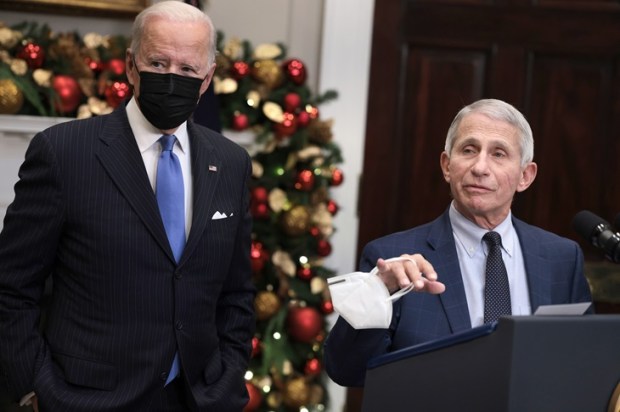Those organising the Black Lives Matter protest scheduled for this week in Sydney argue Australia is a racist country riven with white supremacism and that too many Aborigines are being imprisoned and are dying in custody.
The New York-based Australian author Peter Carey based goes even further when arguing in a recent podcast “Australia, as we all know, is built on genocide. All white Australians know that every day (they) are the beneficiaries of genocide”.
Much like original sin blacktivists argue succeeding generations of Australians, no matter what their origin or how recently they settled on these shores, are guilty of a crime they have never committed and of which they are not responsible.
Using a highly emotive and historically charged word like genocide also ignores the reality, notwithstanding the cruelty and violence inflicted on Aborigines, that a black armband view simplifies and distorts a very complex and contested issue.
The Shorter Oxford English Dictionary defines genocide as “annihilation of a race” and while violence and disease killed countless Aborigines thousands also survived with many either assimilating into the broader community or continuing to live in their own communities.
Based on the 2016 census Aborigines represent approximately 2.8% of the Australian population so clearly describing what happened as ‘genocide’ is more fiction than fact. It’s also true instead of mistreating Aborigines governments every year across Australia spend $billions on Indigenous welfare and health.
In a one year period, Indigenous Australians received $9.8 billion in terms of welfare payments working out to $13,968 per person while non-Indigenous Australians received $6,019 per person.
Add the additional millions received every year in mining royalties and it’s obvious that if measured by financial support Indigenous Australians are very well treated. One of the other arguments used by Aboriginal activists when labelling Australians as racist is to point to structural racism and unconscious bias.
Two American academics Keith Lawrence and Terry Keleher describe structural racism as “the normalization and legitimization of an array of dynamics – historical, cultural, institutional and interpersonal – that routinely advantage whites while producing cumulative and chronic adverse outcomes for people of color. It is a system of hierarchy and inequity, primarily characterized by white supremacy”.
Unconscious bias is another politically correct concept proving that although white people never intend to unfairly discriminate against or offend Indigenous Australians they are nonetheless guilty of being racist.
A recent example is the ABC being forced to publicly apologise for not including any Indigenous commenters as panellists on an episode of the Insiders current affairs programme. Apparently having white experts discussing the Black Lives Matter movement is guilty of cultural appropriation.
Such is the sinister and all-pervasive influence of structural racism and unconscious bias that the reason why Aboriginal communities suffer such high rates of poverty, unemployment, domestic violence, crime, imprisonment and deaths in custody is because of white supremacism.
The fact that Aboriginal men are more likely to be assaulted and killed by other Aboriginal men and domestic violence and rape are so common in Indigenous communities is because of Captain Cook’s exploration of the east coast of Australia in 1770 and the arrival of the First Fleet in 1788.
As argued by the Aboriginal activist Stan Grant in his ‘Racism is Destroying the Australian Dream’ speech the “Australian dream is rooted in racism” as a result of British settlement. According to Grant, the history of white settlement has been one of “two centuries of dispossession, injustice, suffering and survival”.
The only problem, as pointed out by Aboriginal commentators Jacinta Nampijinpa Price and Anthony Dillon, is that denying individual responsibility and perpetually blaming Aboriginal suffering on what happened over 250 years ago does nothing to address the real causes of the pain and suffering experienced by so many Aboriginal people.
In relation to the Black Lives Matter movement Price argues activists champion “emotional rhetoric over fact” and their actions do nothing to address the reasons why so many Indigenous people, especially women, suffer violence and death.
Price quotes the statistics proving that Aboriginal men are more likely to be the victims of other Aboriginal men when noting “the greater threat to a black person’s life is not a white police officer but another black person”.
Anthony Dillion makes a similar point when arguing “Aboriginal people are not victims of colonisation, nor are they victims of racism” and that the “fake outrage of the BLM movement” is a “smokescreen” responsible for denying Indigenous people a better life.
No amount of virtue signalling and politically correct victimhood can disguise the fact that marching and chanting for one day is an empty and self-indulgent act that will do nothing to further the cause of Indigenous advancement.
Dr Kevin Donnelly is a Senior Research Fellow at the Australian Catholic University and author of A Politically Correct Dictionary and Guide (available at kevindonnelly.com.au).
Got something to add? Join the discussion and comment below.
Got something to add? Join the discussion and comment below.
Get 10 issues for just $10
Subscribe to The Spectator Australia today for the next 10 magazine issues, plus full online access, for just $10.


























Comments
Don't miss out
Join the conversation with other Spectator Australia readers. Subscribe to leave a comment.
SUBSCRIBEAlready a subscriber? Log in